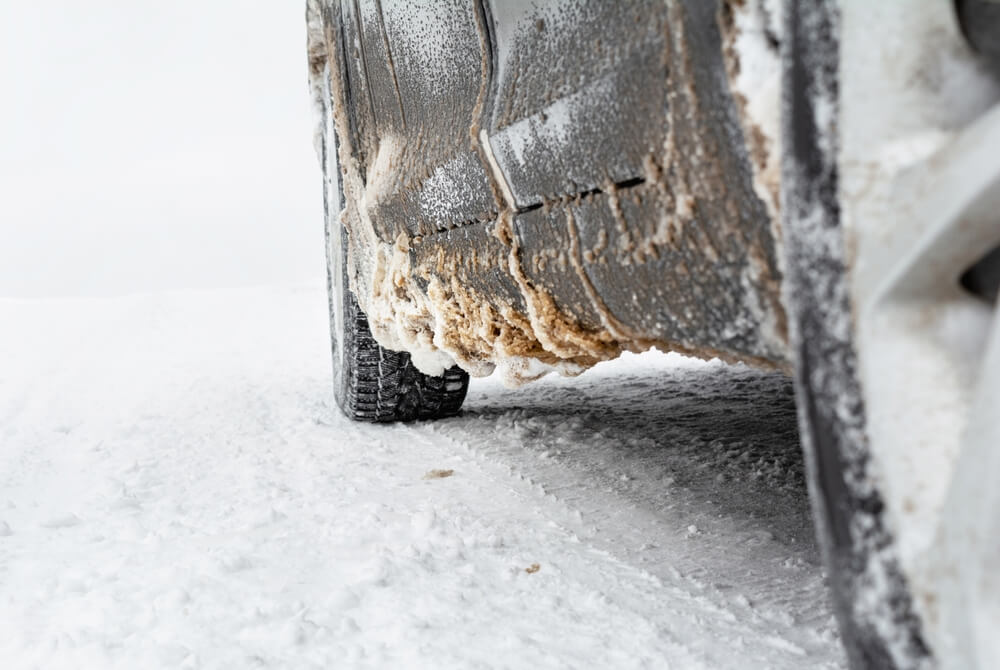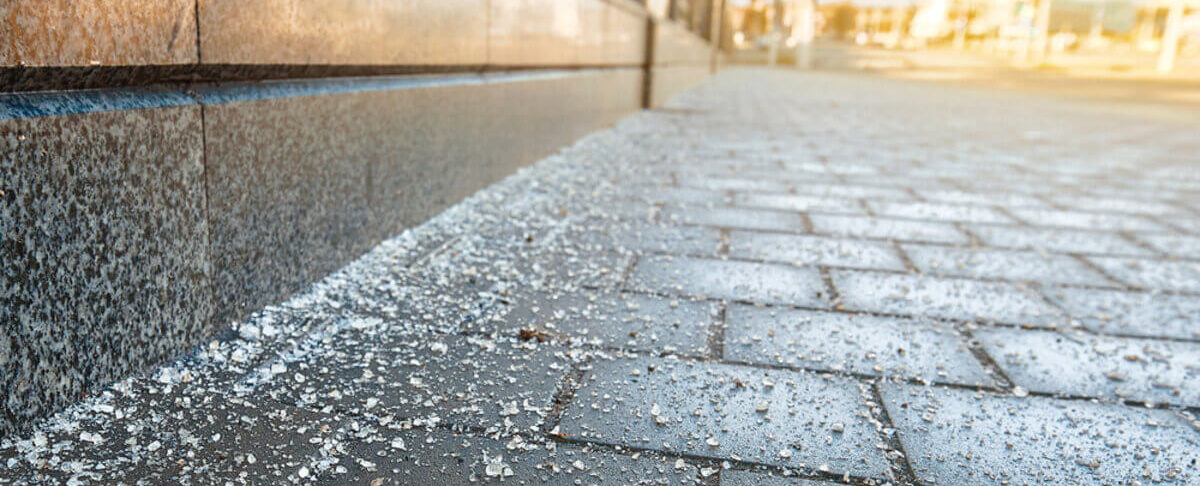Winter presents serious challenges for your driveway. The freeze-thaw cycle, heavy snow, and the corrosive effects of road salt can cause cracks, discoloration, and surface damage that worsen over time. To protect your driveway from salt and the harsh conditions of the season, proactive maintenance is key. Taking the right steps now can help preserve its durability and appearance while saving you from expensive repairs down the road.
In this guide, we’ll share effective strategies to keep your driveway safe and resilient all winter long.
Why Winter Wreaks Havoc on Driveways
The Freeze-Thaw Cycle
One of the biggest culprits behind driveway damage in winter is the freeze-thaw cycle. Water seeps into tiny cracks in the pavement and freezes, expanding and making the cracks larger. Over time, this cycle causes serious structural issues.
The Role of Salt
Salt is essential for de-icing roads and driveways, but it’s a double-edged sword. While it helps prevent icy hazards, it can also accelerate wear and tear on your driveway by promoting surface erosion and increasing freeze-thaw damage.
Heavy Snow Loads
Snow doesn’t just disappear—it has to be removed. The tools and methods you use for snow removal, like shovels and snowplows, can damage the surface of your driveway by causing scratches, chips, and gouges.
Tips to Protect Your Driveway from Salt and Snow Damage
1. Seal Your Driveway Before Winter
A high-quality sealant creates a protective barrier, preventing water and salt from penetrating the surface. Apply a sealant in the fall when temperatures are moderate to ensure it cures properly. Sealing can reduce the risk of cracks, stains, and other damage caused by salt and snow.
2. Use Alternatives to Rock Salt
Rock salt is effective at melting ice but can be harsh on your driveway. Consider using less corrosive de-icing materials such as:
- Calcium magnesium acetate (CMA)
- Sand or kitty litter for traction
- Environmentally friendly ice melters
These alternatives are less damaging to your driveway and reduce the risk of long-term harm.
3. Shovel Regularly and Carefully
Frequent shoveling prevents snow from compacting and reduces the need for excessive de-icing. Use a plastic or rubber-edged shovel to avoid scraping or chipping your driveway’s surface.
If you use a snowblower, ensure it’s adjusted to avoid contact with the pavement.
4. Repair Cracks Before Winter
Existing cracks in your driveway act as entry points for water and salt. Before snow starts falling, inspect your driveway for damage and patch any cracks or holes. Quick-setting asphalt or concrete fillers are affordable and effective solutions.
5. Avoid Excessive Salt Use
Overusing salt can erode your driveway and cause stains. Apply salt sparingly, focusing on icy areas that need it most. Preventing ice buildup with proactive shoveling reduces your reliance on de-icing materials.
Long-Term Maintenance
Keep Your Driveway Clean
Regularly sweep away salt residue and debris to prevent long-term staining and damage. When temperatures are above freezing, rinse your driveway with a hose or a bucket of warm water to remove buildup.
Plan for Drainage
Ensure your driveway slopes away from your house to promote proper water runoff. Stagnant water increases the risk of freeze-thaw damage. Maintain gutters and consider installing drainage channels if needed.
Invest in Professional Repairs
If your driveway shows significant wear and tear, hire professionals for resurfacing or replacement. A well-maintained driveway is an investment that saves you money in the long run.
Conclusion

Winter doesn’t have to mean disaster for your driveway. With preparation and mindful maintenance, you can protect your driveway from salt and snow damage while preserving its appearance and functionality. By sealing cracks, using alternative de-icing materials, and shoveling carefully, you can extend your driveway’s lifespan and avoid costly repairs.
Contact Richfield Concrete today for professional advice and services to keep your driveway in top shape, no matter the season!




